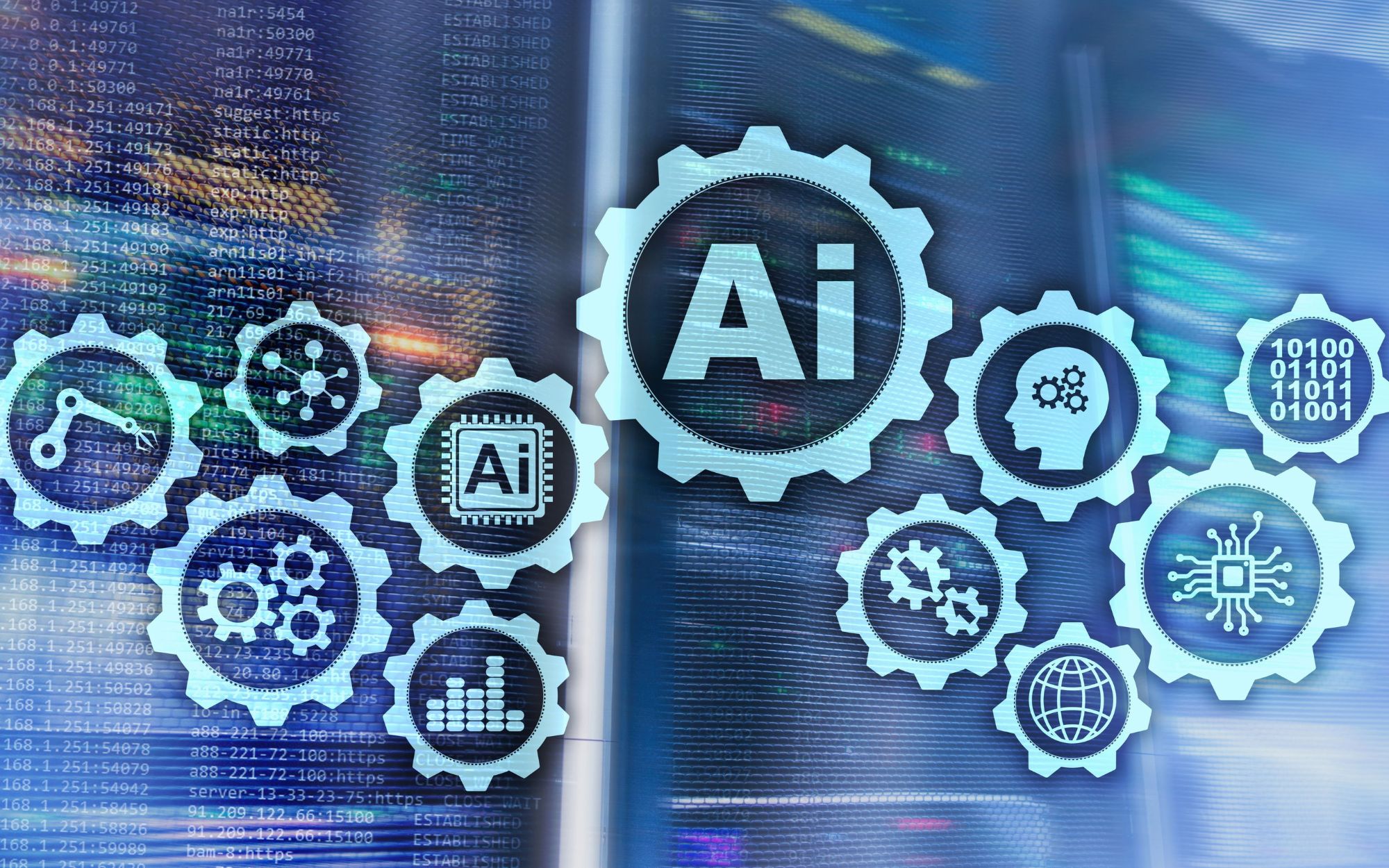Selecting the right AI tech stack is a critical decision that can make or break an AI initiative. For non-technical executives, navigating the world of cloud platforms, frameworks, and MLOps tools can be daunting. The key is to understand what each component does and how it contributes to the overall success of the project, focusing on a few core considerations: security, scalability, and total cost of ownership (TCO).
AI Tools Demystified
Think of an AI tech stack as a layered system, much like the foundation, frame, and roof of a house. Each layer has a specific function and must work seamlessly with the others.
- Cloud Platforms: The Foundation ☁️ These are the essential infrastructure providers that give you the computing power, storage, and pre-built services needed for AI. Instead of buying and maintaining expensive hardware, you can rent it from providers like Amazon Web Services (AWS), Microsoft Azure, or Google Cloud Platform (GCP). They are the core of modern AI development, handling the heavy lifting so your team can focus on building solutions.
- AI Frameworks & Libraries: The Building Blocks 🧱 These are the tools developers use to build and train AI models. Think of them as pre-packaged toolkits that contain all the necessary code for a specific task. For example, TensorFlow and PyTorch are widely used for deep learning, while platforms like Hugging Face specialize in large language models. They simplify complex tasks, making development faster and more efficient.
- MLOps Platforms: The Production Line ⚙️ MLOps (Machine Learning Operations) platforms are designed to manage the entire lifecycle of an AI model, from development to deployment and maintenance. Tools like AWS SageMaker and Google Vertex AI automate tasks like data pipelines, model monitoring, and retraining. They ensure that your AI models remain reliable and effective over time.
Integrating AI with Legacy Systems
Many companies operate on older, legacy systems that are essential to their business but weren't built with AI in mind. Integrating a modern AI solution into this environment requires a careful, strategic approach.
- Prepare Your Data First: Legacy systems often store data in inconsistent, siloed formats. The first and most critical step is to clean, standardize, and centralize this data. Without a unified, high-quality data source, your AI models will produce inaccurate results.
- Use APIs and Middleware: Rather than attempting to rewrite your entire legacy system, use APIs (Application Programming Interfaces) and middleware as a bridge. They allow your new AI solution to "talk" to the old system and exchange data without requiring a costly and risky overhaul.
- Adopt a Phased Approach: Begin with a pilot project in a small, low-risk area of the business. This allows you to test the integration and work out any kinks before scaling the solution company-wide. It minimizes disruption and builds internal confidence in the new technology.
Security, Scalability, and Total Cost of Ownership
For executives, the long-term success of an AI initiative hinges on three key factors:
- Security & Compliance: New AI systems introduce potential security vulnerabilities, especially when handling sensitive data. Ensure your chosen tech stack supports robust data encryption and access controls. For regulated industries, select platforms that are certified for compliance with standards like HIPAA or GDPR.
- Scalability: Your tech stack must be able to grow with your business. Cloud-based solutions are excellent for this, as they offer the flexibility to scale up or down computing power and storage as your needs change. This ensures that your AI models can handle increasing data volumes and user demands without a significant performance drop.
- Total Cost of Ownership (TCO): TCO is more than just the initial price tag. It includes a wide range of ongoing expenses, such as:
- Ongoing Cloud Costs: The monthly fees for cloud compute and storage can add up, especially for large, complex models.
- Maintenance: AI models need regular retraining to stay accurate. This requires a dedicated team and ongoing resources.
- Integration Costs: The cost of integrating AI with legacy systems can be significant, so it's important to factor this into your budget upfront.
Downloadable Worksheet: Evaluate Your Company's Tech Stack Readiness
Use this worksheet to guide your internal discussion and evaluate your tech stack readiness before embarking on an AI project.
Project Goals:
- What is the specific business problem you are trying to solve with AI?
- What are the key performance indicators (KPIs) for success?
Data Readiness:
- Is your data clean and consistently formatted? (Yes/No)
- Is your data centrally accessible? (Yes/No)
- Do you have a plan for data governance and privacy? (Yes/No)
Infrastructure:
- Do you plan to use a cloud, on-premises, or hybrid solution?
- Can your current infrastructure support the computational load of AI? (Yes/No)
- Do you have a plan for securing and encrypting data? (Yes/No)
Team & Expertise:
- Do you have in-house data scientists or engineers? (Yes/No)
- Do your business and IT teams have a collaborative relationship? (Yes/No)
- Is there a plan for training employees to use new AI tools? (Yes/No)
Total Cost:
- Have you estimated the costs for initial development, infrastructure, and ongoing maintenance? (Yes/No)
- Have you factored in the potential costs of legacy system integration? (Yes/No)
Conclusion
Choosing the right AI tech stack is one of the most critical decisions you will make on your AI journey. It's a strategic choice that impacts not just your project's short-term success, but your company's long-term ability to innovate and scale. By demystifying the technology, thoughtfully planning for integration with legacy systems, and meticulously evaluating security, scalability, and total cost of ownership, you can build a robust and reliable foundation. The right tech stack won't just support your current AI goals—it will empower your business to thrive in the intelligent future.
Ready to find the perfect tech stack for your business? Use our comprehensive worksheet to evaluate your current readiness and get started on the right path.
[Download a free PDF of this worksheet for your team.]

